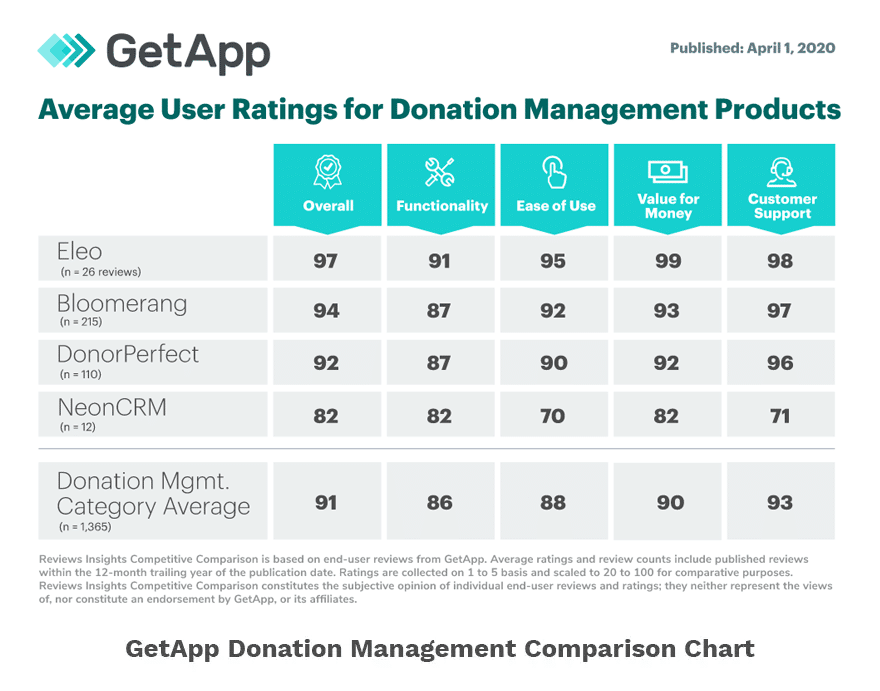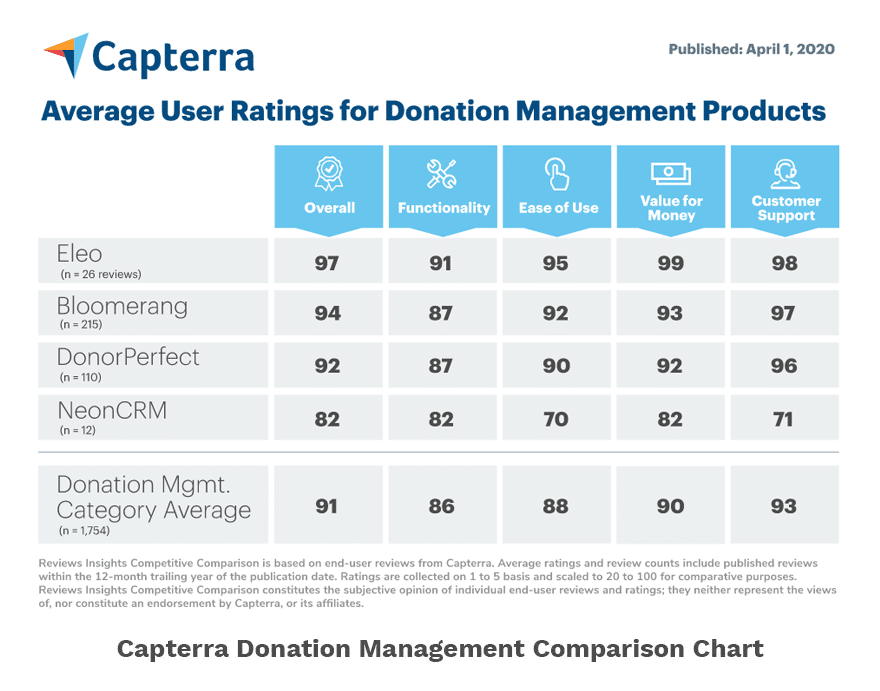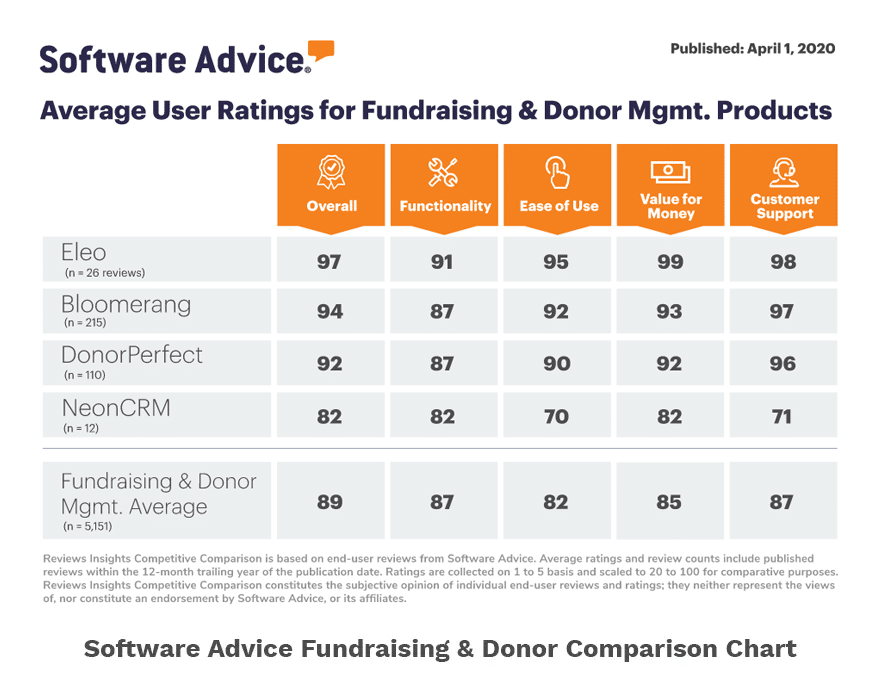
Retaining your staff and volunteers should be a top priority. However, the reality is – no matter which way you slice it, turnover at your nonprofit is going to happen. And, as you’re likely aware, turnover can cause a lot of headaches. Instead of getting overwhelmed and frustrated by it, your organization can get ahead of turnover through preparation. There are two areas to hone in on when you prepare for nonprofit employee turnover. Those are – exit infrastructure and database maintenance.
Part One – Exit Infrastructure
What does it look like when an employee or volunteer leaves your organization? Do you have a specific strategy to remove their access to your company? Simply put – Do you have exit protocols and procedures in place? Knowing “next steps” for nonprofit turnover is critical to saving time, reducing turnover costs, and maintaining the security of your organization.
To create effective nonprofit employee turnover procedures, begin to cultivate an understanding of the following:
- Timeline: When is the employee/volunteer leaving vs when do you plan to replace them? Your turnover strategy should have a procedural timeline based on how long an exit takes. This can obviously vary based on the employee’s choices. However, your nonprofit should be “in the know” for how long things take on your end.
- Severance Pay: This is not a common offering in the nonprofit world, but if you implement contractual agreements with employees, you should be prepared to at least answer questions about it.
- Termination Housekeeping: This is so important! You will need to remove the employee or volunteer from databases, email platforms, shared drives, etc. Additionally, if you are a clinical/in-person nonprofit, any key access will need to be deactivated. To make housekeeping easier and to reduce the impact of turnover, your nonprofit should maintain a basic list of where each position has access. An ex-employee’s ability to enter anything related to your nonprofit should end immediately at their time of departure.
- Generic Emails and Social Media Access – As mentioned above, the previous employee or volunteer should have their personal email shut down. However, going a step further, many nonprofits provide employee access to generic emails, as well as entry to their social media accounts. Don’t scramble to find out where this person can login, after they’ve quit! If your ex-employee had access to any generic emails (think info@info.com or volunteer@info.com) or knows the passwords to your social media platforms, that information should be known ahead of time. Subsequently, at their time of departure, those passwords will need to be changed.
- Exit Checklist – Once you’ve explored the different arenas of your organization that are impacted by nonprofit employee turnover, it is critical that you create an easy-to-use checklist. The checklist should hit on all of the above and provide a quick guide to getting people out of your systems efficiently, easily, and safely.
Creating exit infrastructure at your nonprofit helps reduce the impacts of nonprofit turnover. By taking the time to create a strategy and procedural checklist, you will save your organization time and money.
Part Two – Database Maintenance
In addition to exit infrastructure, the other key strategy to reduce the impacts of nonprofit turnover is – database maintenance. Database maintenance is the blueprint used within your donor management system (and other applicable software) to ensure organization, transferability, and familiarity amongst users.
The keys to successful database maintenance to combat nonprofit turnover are –
- User Access Roles – To reduce impacts of nonprofit turnover, your employees should have specific roles within your donor management software. Your volunteer coordinator should be able to access volunteers, your fundraiser should be able to access donor profiles, and so on and so forth. By sequestering out who has access to what, you keep your database streamlined and safe, especially when combating turnover.
- Detailed Notes & Donor Profiles – This is particularly important for fundraisers. It should be standard procedure for your fundraiser(s) to enter detailed notes about phone calls, meetings, etc. with donors. This way, if a fundraiser leaves, a new hire can pick up right where they left off.
- Clean Up – Clean up includes removing inactive users! As mentioned previously, when nonprofit employee turnover happens, that ex-employee or volunteer should lose access to your donor management system at the time of their departure. Additionally, if the person exiting has given you ample notice, they should be asked to ensure that all of their donor profiles are up-to-snuff before their exit!
- Donor Reassignment – Within your donor management system, you will need to run reports on which donors that ex-employee was assigned to. Those donors will need a new contact at your organization. This should be charted within your database.
CONCLUSION:
Nonprofit employee turnover is simply one of those things that can’t be fully avoided. Instead of dreading it and approaching it haphazardly, prepare for it. Your nonprofit organization can and will overcome the seemingly incessant pains of turnover! By creating a detailed exit infrastructure and implementing strategic database maintenance, you will save time, reduce costs, and maintain the security of your nonprofit.





